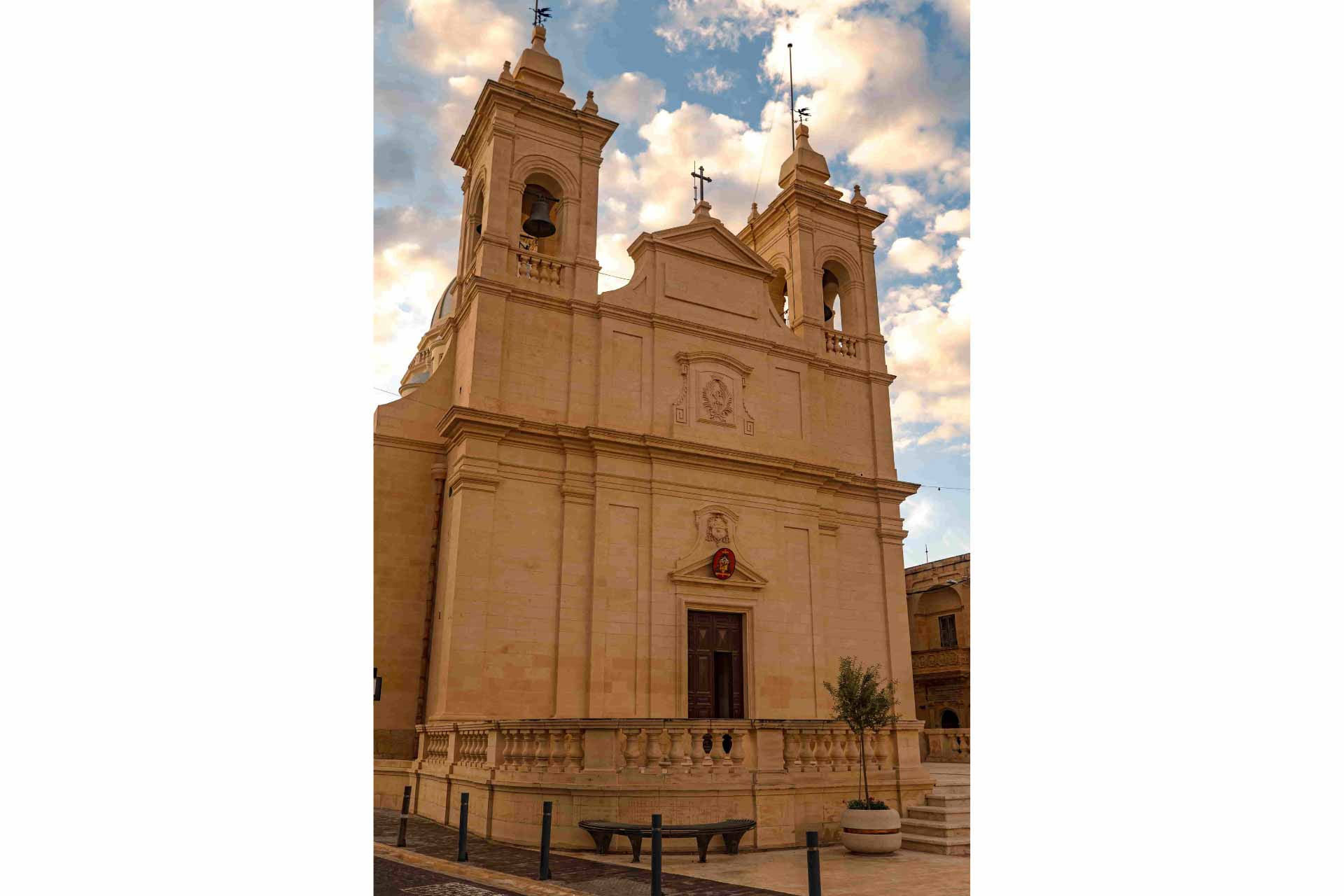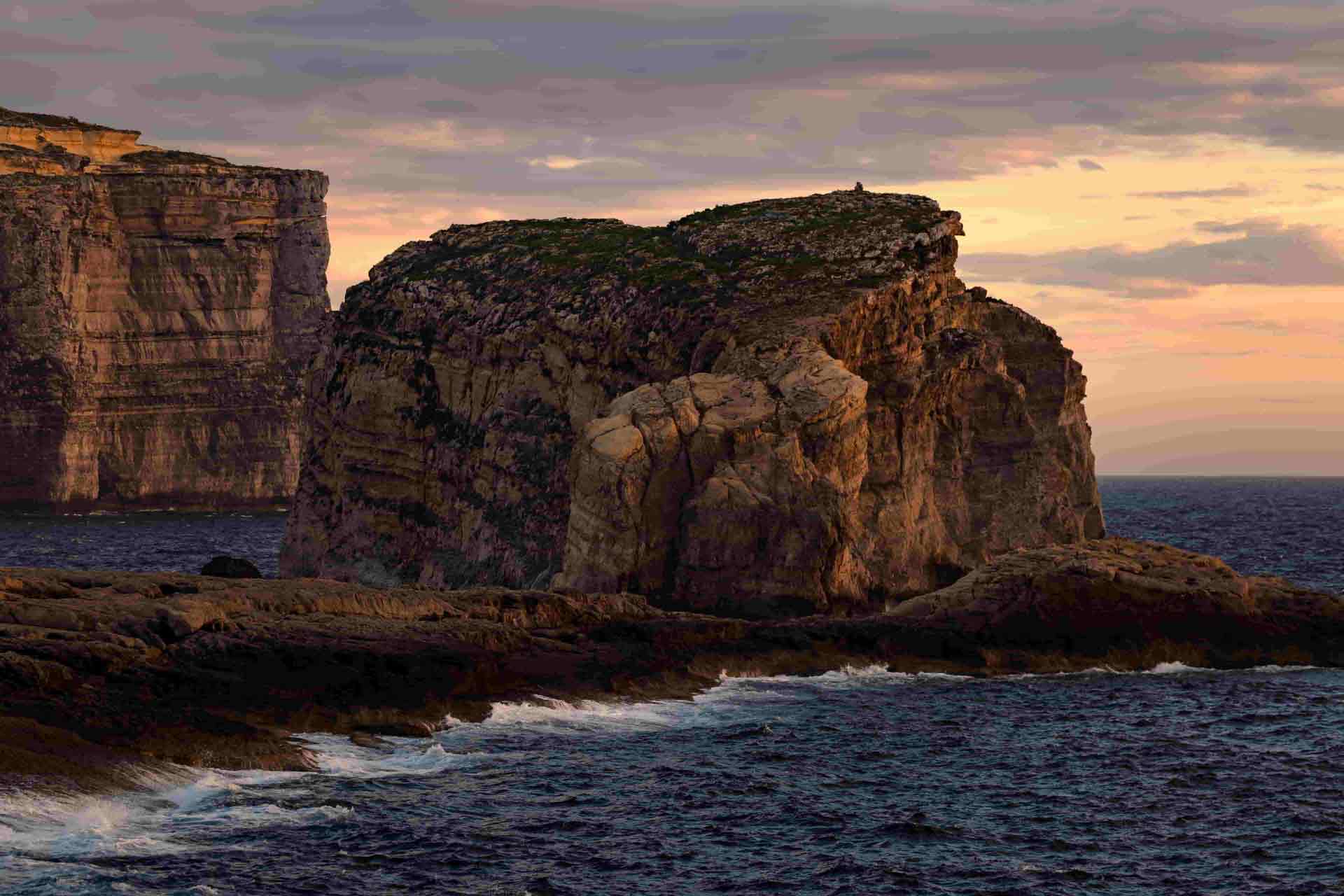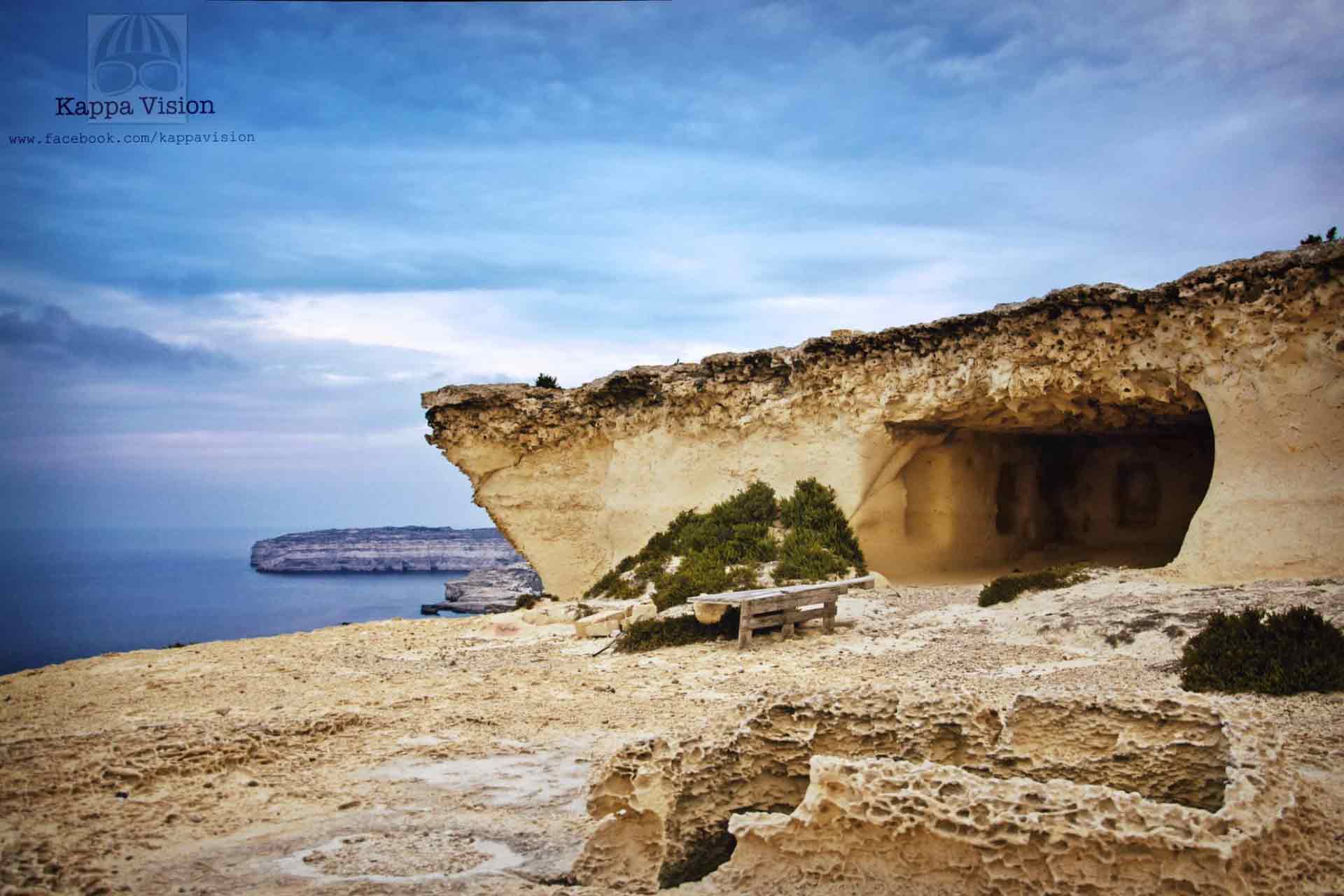Discovering the History and Natural Beauty of San Lawrenz: A Guide to Exploring the Charming Gozitan Village
by George Portelli

San Lawrenz is a tranquil and picturesque village that has retained its natural beauty and rural aesthetic. Located on the west side of Gozo, the village is one of the only villages on the island to be named after the respective patron saint. Surrounded by rocky cliffs, hills and the unparalleled crystal-clear water of Dwejra Bay, San Lawrenz is the perfect Gozitan village for visitors seeking a peaceful, historic and idyllic retreat.
History of San Lawrenz
In 1551, before the Great Siege of Gozo, historic documents showcased that the Gozitan village was once called Ta' Ciangura. The definite origin of the name is unknown, local historians believe the name originated from a family that had direct ties with that area in Gozo.
On March 15th, 1893 the parish of San Lawrenz was founded. The motto of San Lawrenz is Dominus protectio Mea which loosely translates to 'The Lord is my Shield'. The village was built on a flat plain, encircled by three large hills known as Ta' Gelmus, Ta' Dbiegi and Ta' Ghammar. Ta' Dbiegi stands tall at 195 metres above sea level, the highest point in Gozo.
In World War II, the vast majority of residents in the area were farmers working on agricultural land throughout the Gozitan village. Nowadays, most residents of San Lawrenz are self-employed or work with the government. In 1995, the census declared that the population of San Lawrenz stood at just 552 residents, in March 2014 the population only rose to 748.

Dwejra Bay
Dwejra Bay is unequivocally one of the most beautiful beaches in Gozo, with extensive and breathtaking cliffs, a clear Mediterranean sea and natural ecological aspects that have received international recognition.
At the beginning of 2017, a committee of experts were allocated governmental funds to research and attempt to gain the area of Dwejra and the Azure Window UNESCO World Heritage recognition. Unfortunately, on the 8th of March 2017, the Azure Window, one of Gozo's most iconic natural landmarks collapsed due to erosion.

Fungus Rock
In Dwejra Bay, another natural landmark can be found, Fungus Rock. The large rock that sits in the middle of the bay was named after the Maltese fungus Cynomorium coccineum, a plant that isn't endemic to the Maltese archipelago but has historically been used for medicinal purposes. The Knights of St John created a hoist system between the mainland and Fungus Rock to collect the local fungus and utilise it accordingly.
Despite being commonly known as 'the Maltese fungus' or 'the Maltese Mushroom' Cynomorium coccineum is a parasitic plant that feeds on other coastal rupestral vegetation and plants.

Dwejra Tower
The Knights of St John also erected the Dwejra Tower, a fortified structure that was completed in 1652. Throughout the remainder of the 17th century, the tower became a high-point lookout for potential attacks.
Dwejra Tower played an intrinsic role in the defence of the nearby city of Victoria and acted as a medium for active communication with other fortified structures and defensive strategies. In the 19th Century, the tower was abandoned and in the 1990s the government initiated a restoration project managed by Din L-Art Helwa to return the historic fortified tower to its former glory.

Blue Hole & Coral Garden
In the hamlet of Dwejra, lies the Blue Hole, a beautiful natural rocky structure that has an uncanny resemblance to the entrance of a cylinder.
The Blue Hole seems to be cut off from the open Mediterranean sea, however, about 10 metres underwater there's a direct link between the open sea and the geological structure.
Adjacent to the Blue Hole, one can find the Coral Garden, which serves as a benchmark for the natural aquatic beauty of the Maltese archipelago. Multi-coloured coral and different kinds of seaweed accompany the diverse, rich and extraordinary sea life that can be found there.

Ras il-Wardija
Ras il-Wardija is an archaeological and historical site that can be accessed from both Kercem and Dwejra situated on the northern coastline of Gozo. The archaeological site consists of a wide range of different rock-cut tombs that trace back to the Phoenician epoch, around the 6th century BC.
In 1963, a local Gozitan farmer discovered these tombs. Unlike other ancient tombs, Ras il-Wardija is different as the tombs are carved into the natural topography of the rock formations rather than being constructed separately.
The size and shape of the tombs are different, with most being rectangular and featuring niches carved into the walls, which experts believe were used for funerary urns or offerings. Visitors can gain access to the site, and guided tours are also available to provide them with comprehensive information regarding the historical background and significance of Ras il-Wardija.
San Lawrenz has a rich history dating back to the 16th century and is home to several noteworthy landmarks, including the Dwejra Tower, constructed by the Knights of St John, and the Ras il-Wardija tombs from the Phoenician era. It is an ideal destination for visitors looking to immerse themselves in the fascinating history and stunning natural surroundings of Gozo, all while enjoying the serenity and beauty of this picturesque village.




